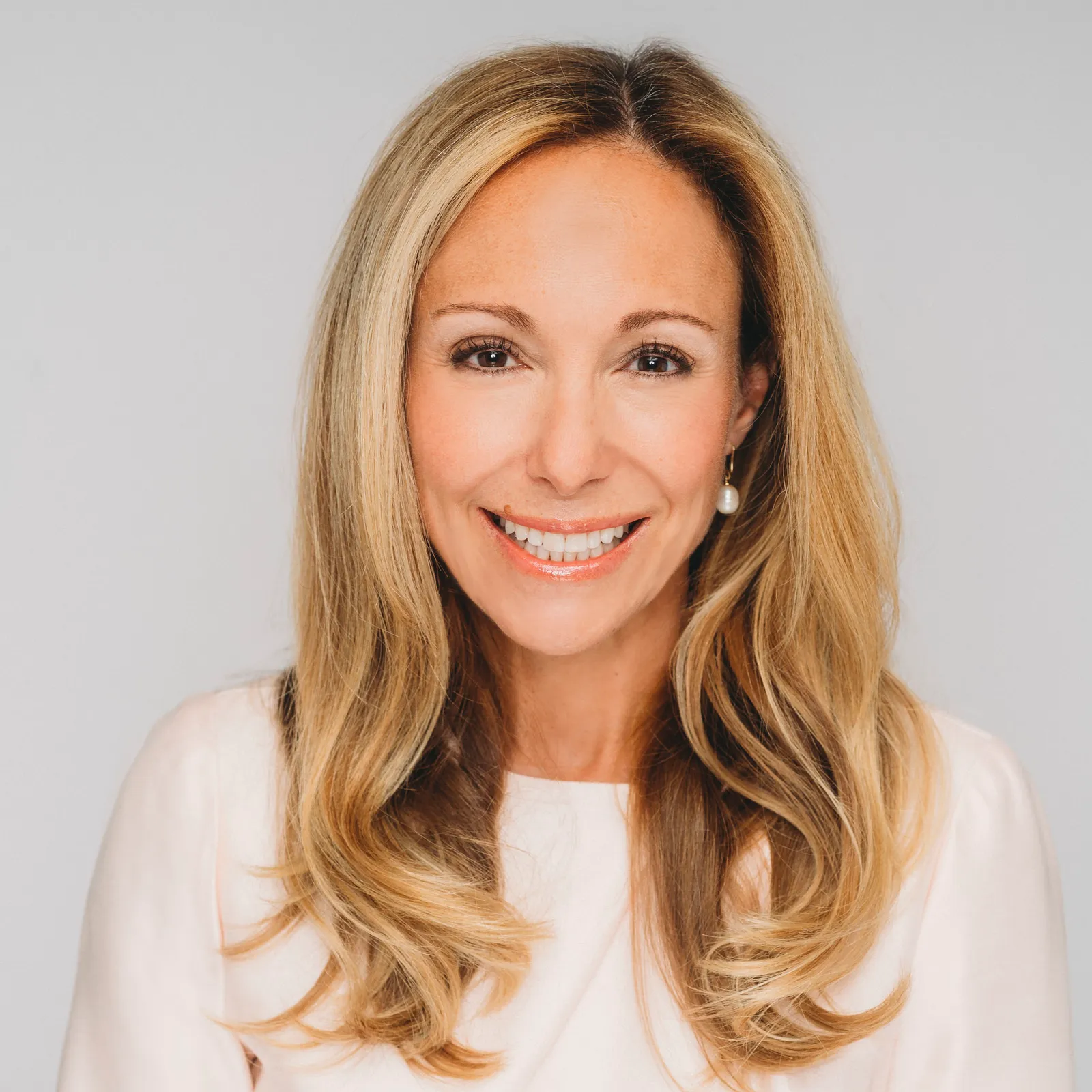Some CFOs are taking the lessons learned from the currency volatility that dinged many global companies’ profits last year and revisiting their hedging strategies, according to Paula Comings, co-head of FX sales at U.S. Bank.
Since the end of last year, many finance executives began doubling down on their systematic hedging discipline that they may have strayed away from, while still others have begun adding options to the mix of strategies that they can use to offset the risk, she said.
“What we saw in 2022 is a lot of our clients and businesses in general were caught wrong-footed,” Comings said in an interview.”We’ve seen this happen in the past…some of the discipline falls off of even very rigorous best-in-class hedging programs when times are good. And when everything falls apart, that’s laid bare.”

The strong dollar, typically a safe haven in times of turmoil, soared in 2022 as the markets fell and economic growth slumped in much of the world. The rising dollar hurt U.S. companies that rely on foreign sales in places like Europe, as it effectively shrunk revenue they receive in euros if or when they are repatriated and converted to the stronger dollar.
For example, the foreign currency headwinds hit hamburger chain McDonald’s’ third quarter earnings, leading in part to the company’s decision to trim its guidance on capex spending, CFO Dive previously reported.
The volatility has eased somewhat so far this year. After the U.S. dollar appreciated over 12% to hit a two-decade high in September, it has since trended weaker, according to a Feb. 3 JPMorgan report. This year lower gas prices and positive momentum are expected to boost the euro, which fell below parity with the dollar for the first time in two decades last year, according to the report.
Despite the calmer waters, Comings said it’s still important for companies to learn from the mistakes of last year. She advises firms to consider three ways to reinivigorate their hedging programs:
- Do better at following your existing hedging policies. It’s important for companies to consistently hedge in order to benefit from dollar-cost averaging, she said. “A lot of times the policy is approved by the board and the treasury team is supposed to abide by it in terms of dollar-cost averaging and rolling and layering in the hedges,” she said. But when the currency markets are going in their favor they’ll skip a quarter or a month, she said. Companies need to be consistent.
- Be flexible and consider options as a hedging alternative. Historically, the most common type of hedging product is the FX forward which locks in the rate at the time that the exposure to the currency when it will be realized and converted back to U.S. dollars, she said. Forwards are very safe and predictable but the downside is you lose the ability to benefit if the currencies strengthen. That could be key now, with currencies at lows and potentially rebounding. At their most basic options involve companies paying a premium, which acts like an insurance policy, that gives the firm the right to sell a currency at a certain price. But if the conversion rate is favorable the company can let the option expire and convert the euro, for example, into dollars, at the current stronger price. However, some companies balk at options due to the cost of premiums which rise in volatile times, she said.
- Tap technology to improve forecasts and currency exposure management. Many subsidiaries aren’t strong forecasters, which makes it hard to put the right hedges in place. For example, some company units send in their expectations for their particular business on an excel spreadsheet once a month, she said. Software products from such companies as Kyriba can help. Companies with operations in many countries can benefit from purchasing exposure aggregation and management systems to add on top of their existing Enterprise Resource Planning System.












